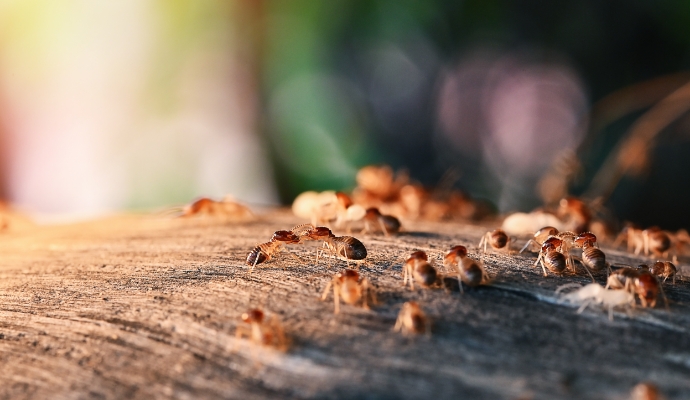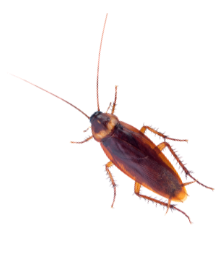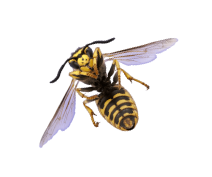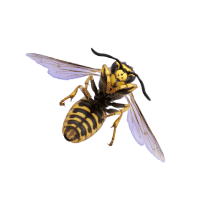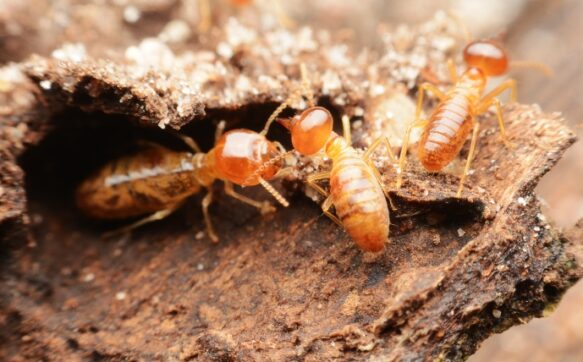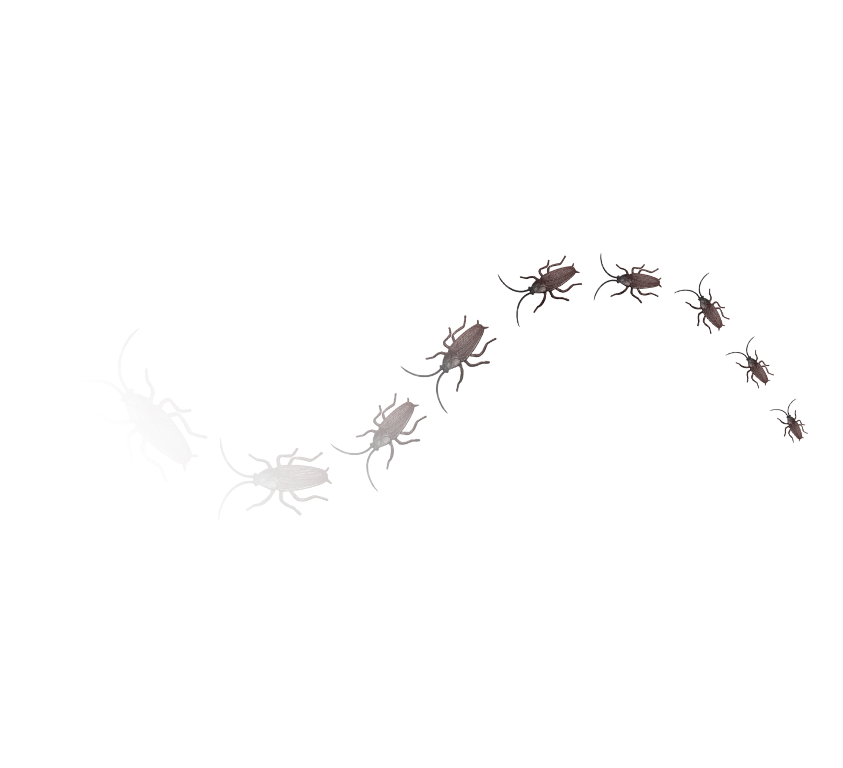
The stealthy nature of their activity means that termite infestations can progress significantly before they are detected, making them one of the most dreaded pests for homeowners.
Termites live in highly organized societies, with colonies that can consist of millions of individuals, classified into different roles such as workers, soldiers, and reproducers. These insects are particularly drawn to environments that provide moisture, warmth, and food sources. There are several types of termites, including subterranean, drywood, and dampwood termites, each with unique behaviors and preferences that influence the approach to control and elimination.
The economic impact of termite damage is staggering, with billions of dollars spent annually on repair and control measures. Unlike other pests, termites do not rest; they eat 24 hours a day, which means the damage they cause can rapidly escalate, particularly in structures that are not regularly inspected or treated for termites.
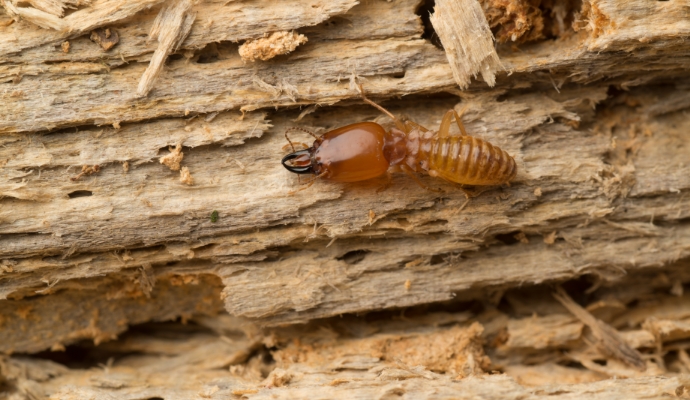
Early detection of termite activity is crucial in minimizing damage and the costs associated with repairs. Some common signs of termite presence include:
Mud Tubes: Subterranean termites build mud tubes to travel between their food source and the colony. These tubes are often found on exterior walls or crawl spaces.
Wood Damage: Termites consume wood from the inside out, so wood that sounds hollow when tapped could be a sign of an infestation.
Swarmers: The presence of winged termites or discarded wings inside the house can indicate an active termite colony.
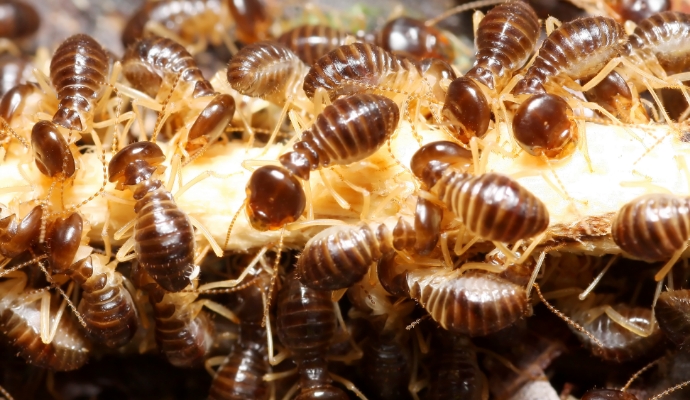
Managing termite infestations requires a multifaceted approach that combines preventive measures with effective treatment strategies:
Reduce Moisture: Fix leaks and ensure proper drainage around the building foundation to discourage termite activity.
Regular Inspections: Schedule professional inspections annually to detect signs of termite activity early.
Physical Barriers: Install physical termite barriers during construction to prevent termites from accessing the structure.
Chemical Treatments: Use termiticides to create a protective barrier around the home. Soil treatments, wood treatments, and bait systems are common methods used by professionals to eliminate active colonies and prevent future infestations.

Due to the complexity of termite behavior and the potential for significant damage, professional pest control services are often necessary to effectively address termite problems. Professionals have the expertise, experience, and tools to conduct thorough inspections, identify the termite species, and implement the most appropriate and effective treatment plans.
Proactive measures, including constructing buildings with termite-resistant materials and implementing regular maintenance practices, can significantly reduce the risk of termite infestations. Homeowners should be vigilant, adopting an integrated approach to termite control that includes both preventive strategies and prompt action at the first sign of an infestation.
Understanding the habits and threats posed by termites is key to protecting your home or building from these destructive pests. Through regular inspections, maintenance, and the engagement of professional pest control services when necessary, it is possible to safeguard structures against the silent threat of termites.
